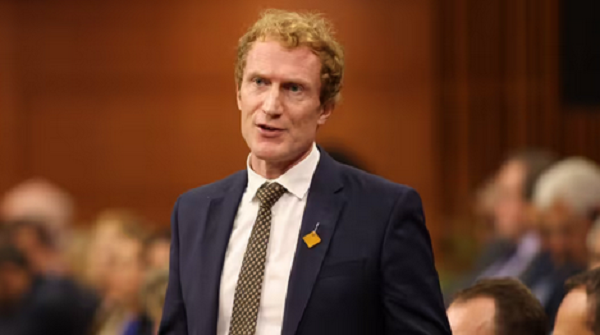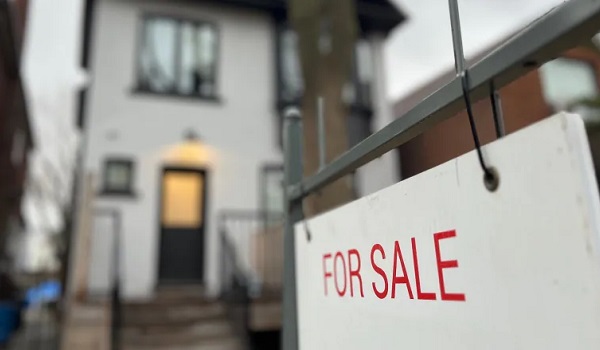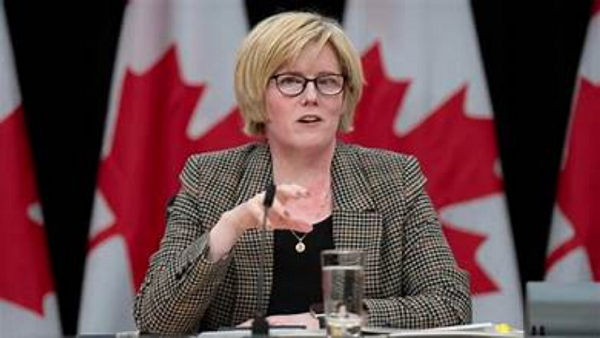Most visitors that took advantage of the opportunities Canada offered after COVID-19, refuse to leave
A special program Canada brought in last year to make it easier for tourists, business travellers and those with relatives in this country to visit has led to some unexpected consequences.
Newly obtained documents show that a striking percentage of people who took advantage of the expedited visitor visas that the program offered have now applied to stay here — as asylum seekers.
It’s a situation, some say, that reflects among other things the pent-up demand for asylum created during the pandemic, when the border was closed.
The Immigration Department said as of Feb. 29, 2024, about 152,400 visas were issued under the time-limited program, including 7,300 applicants for the so-called “Super Visas” for parents and grandparents, who come frequently to visit Canadian children and grandchildren.
A government internal memorandum obtained by Star under an access-to-information request said 19,400 asylum claims were made by visitors granted visas under the special program, though few were Super Visa applicants.
That means almost 13 per cent of these visa holders have already sought protection in Canada.
It’s a rate that appears to be abnormally high.
For instance, in 2019, before the pandemic, there were 5.7 million temporary resident visas issued and 58,378 people asked for asylum, but that number also included those who arrived as international students, foreign workers and irregular migrants walking through the United States land border.
The asylum seekers emerging from the program account for 14 per cent of the 137,947 new refugee claimants received by Canada in 2023.
The number is further expected to grow as many visa holders have yet to come before their admission document expires.
“A lot of these individuals would probably have been refused for visas but for the relaxation of the rules,” said Calgary-based immigration lawyer Raj Sharma.
“The program is done by December. That means that they’ve got a six-month entry. This surge or uptake will be with us for some time.”
Effective between Feb. 28 and Dec. 7, 2023, the temporary policy waived the requirements for applicants to prove they had enough financial resources for the travels and would leave Canada after their visits. But they must have submitted a visa application before Jan. 16 last year and not been previously denied. All must still pass security, criminal and medical clearances.
“With the worst of the COVID-19 pandemic now behind us, international travel is resuming and the Government is focused upon Canada’s economic recovery,” said a notice of the public policy signed by then immigration minister Sean Fraser.
“To position Canada to maximize the benefit of the movement of tourists, business persons and family visitors, the Government is committed to reducing processing times for visitor visas.”
Toronto immigration lawyer Adam Sadinsky attributed the high rate partly to the pent-up demand for asylum from people fleeing persecution during the pandemic between March 2020 and September 2021, when the border was closed. The relaxation of the rules also allowed some who would otherwise have been refused to get here, he noted.
“The reality is that during the time that people weren’t able to travel to Canada, the types of persecution that people face that lead them to flee their countries and seek protection abroad didn’t cease,” said Sadinsky, a spokesperson for the Canadian Association of Refugee Lawyers.
“It’s natural that among the group of people who applied for temporary residence, there was a cohort of individuals, whose plan, it seems, was to claim refugee protection in Canada because there were nearly two years in which they weren’t able to do that.”
He pointed out that the easing of the rules also took effect around the time that Ottawa and Washington expanded their bilateral border agreements in March to ban asylum seekers from crossing between the two countries, which has essentially made it impossible for irregular migrants to cross the land border for asylum.
The land border restrictions, he said, mean only the most privileged who are able to secure a visa to fly to Canada can have access to asylum.
“It has always been possible for individuals to make refugee claims after they come to Canada with a visitor visa, a student visa or a work permit,” said Sadinsky.
“The reality is that people flee their countries and they do that in ways that it is possible. Canada has international obligations to grant protection to those who are within our border.”
Sharma said the federal government had the options to either return applications and refund applicants caught in the backlog, or simply inform people about the backlog and ask them to wait if they could.
He said the special public policy was unprecedented because the visa relaxation applied system-wide regardless of country of origin, but said the measure was harmful.
“They made a decision with a full understanding that there would be an impact on in-Canada asylum processing,” said Sharma. “There’s significant cost and it’s not just the refugee (determination) system. There are other downstream effects.”
An Immigration Department spokesperson said the special public policy has been successful in clearing most of the older temporary resident visa applications in the system. According to its website, there are currently 1.14 million such applications in the queue, almost half exceeding service standards, down from 64 per cent in February 2023.
This article was first reported by The Star
















